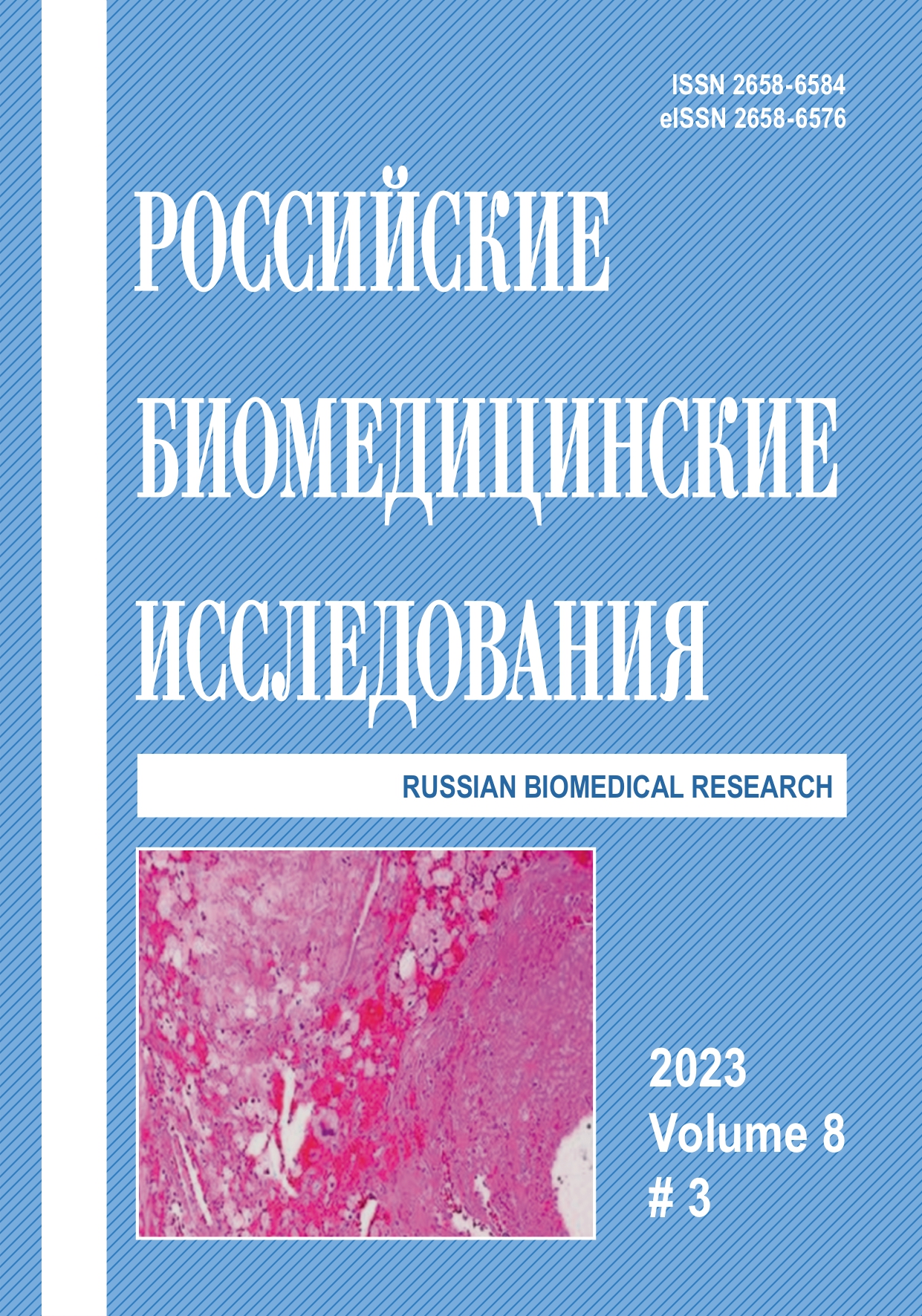COMPARISON OF THREE DIFFERENT METHODS FOR PROCESSING ACELLULAR DERMAL MATRIX
Abstract
Tissue engineering is an inter-related and a multi-disciplinary field that blend of biology and engineering efforts that attempt to address clinical problem of skin damage by many reason including burn, trauma etc. Decellularization of allogeneic tissues witn subsequent combened of the decellularized tissue with autologous cells and/or the processed hybrid structures plays a pivotal role in current tissue engineering approaches for temporary or constant closure of skin defects. The purpose of this study was to compare methods for processing a decellularized dermal matrix and to determine the optimal protocol for obtaining a decellularized dermal matrix scaffold. As a result of a comparative analysis, it was determined that all three skin decellularization protocols make it possible to obtain a product with desired properties by the absence of cellular and nuclear material. However, the use of various detergents for decellularization leads to some structural features of the resulting material. The significance of differences in the structural characteristics of the obtained matrices should be evaluated in future studies in terms of stimulation of cell migration and proliferation.
References
Борзенок С.А., Костенев С.В., Дога А.В. и др. Сравнительный анализ протоколов децеллюляризации лентикулярной ткани роговицы. Вестник трансплантологии и искусственных органов. 2021; 23(2): 137–46.
Джабраилова Д.Ш., Зикиряходжаев А.Д., Усов Ф.Н. и др. Использование аллоимплантата на основе твердой мозговой оболочки при реконструктивно-пластических операциях у больных раком молочной железы. Опухоли женской репродуктивной системы. 2021; 17(3): 44–50.
Сачков А.В., Боровкова Н.В., Жиркова Е.А. и др. Использование трупной кожи в лечении ран. Трансплантология. 2018; 10(4): 327–35.
Сотниченко A.С., Гилевич И.В., Мелконян К.И. и др. Разработка методики получения дермального внеклеточного матрикса. Вестник трансплантологии и искусственных органов. 2020; 21(4): 81–7.
Guo Z.Q., Qiu L., Gao Y. et al. Use of porcine acellular dermal matrix following early dermabrasion reduces length of stay in extensive deep dermal burns. Burns. 2016; 42(3): 598–604.
Nasiry D., Khalatbary A.R., Abdollahifar M.A. et al. Engraftment of bioengineered three-dimensional scaffold from human amniotic membrane-derived extracellular matrix accelerates ischemic diabetic wound healing. Arch Dermatol Res. 2021; 313(7): 567–82.
Stone R. 2nd, Saathoff E.C., Larson D.A. et al. Accelerated Wound Closure of Deep Partial Thickness Burns with Acellular Fish Skin Graft. Int J Mol Sci. 2021; 4, 22(4): 1590.
Copyright (c) 2023 Russian Biomedical Research

This work is licensed under a Creative Commons Attribution 4.0 International License.



